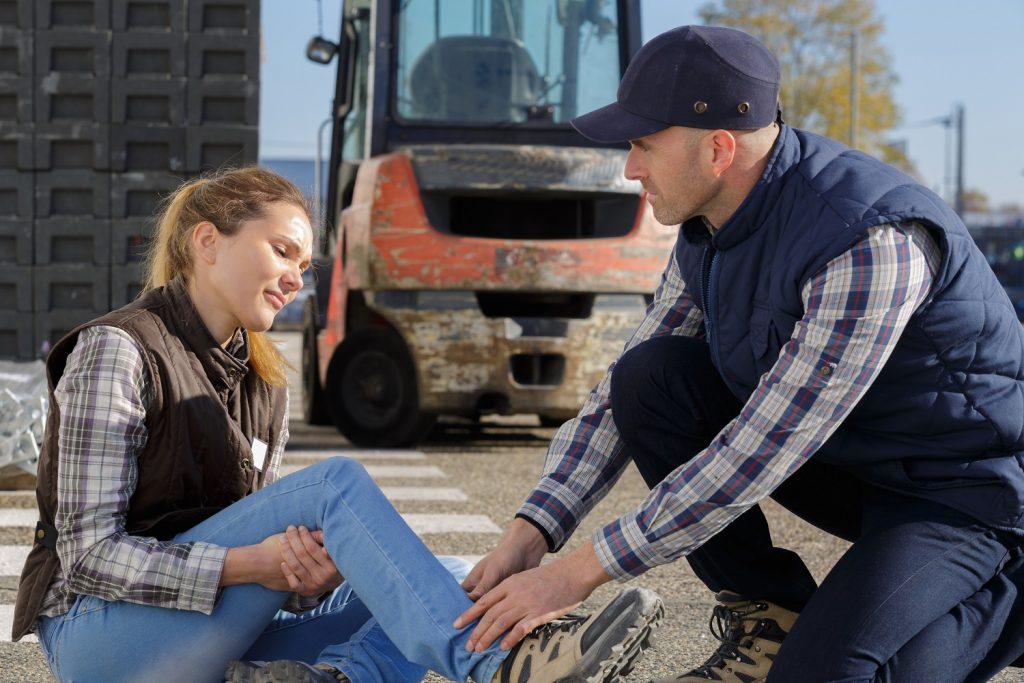When you’re a tradie, one of the many things you need to consider is insurance. Tradies will be familiar with Compulsory Third Party (CTP) Insurance, but what about public liability? Public liability covers the legal costs of defending a claim from a member of the public who is injured as a result of your business activities and/or if they sustain damage to their property. Tradie insurance can give you peace of mind that you are covered in case something goes wrong.
Important Information That You Need To Know As Tradie!
Public liability insurance is an important part of any tradesperson’s business plan. Tradies need to protect themselves against claims made by customers who have had accidents on their property as well as third parties that have been injured because of the tradie’s work.
There are two main types of public liability insurance: employers’ liability and public liability. They protect both businesses and individuals from costly legal battles over workplace injuries or damage done to someone else’s property during work hours or on the job site.
Public liability insurance is a type of insurance that covers third-party individuals or organisations for any losses caused by you or your business. This includes things like injury, property damage and legal costs.
It’s important to note that public liability won’t cover you if the incident was caused by someone else – for example, if someone slipped on your property then it wouldn’t be covered under public liability insurance as it wasn’t caused by you. However, if someone was injured on your property and it was because of unsafe work practices (i.e., not wearing safety gear) then this would fall under public liability coverage so long as the person suing had been invited onto the site at some point during their visit (such as customers) or is related to them (i.e., family members).
Public Liability Insurance Overview
Public liability insurance is a type of insurance that protects you from claims made by other people which can be caused by your actions. Public liability insurance will cover you for any accidental injuries or damages to property as a result of your work.
The cost of public liability insurance varies depending on the type of work you do, where in Australia it’s located and how much coverage you want. You may also need to pay an excess fee when making a claim against your policy.
While having public liability insurance isn’t compulsory, it is highly recommended as failure to have such could lead to serious financial consequences.

What Does Public Liability Cover?
Public liability insurance is designed to cover the costs of any claims made against you and your business that result from injuries or damage caused by your work. This can include injuries sustained in the workplace, such as slips, trips or falls; accidents involving vehicles driven by employees; and accidents that occur while on site to a third party.
Covering these types of incidents can often be challenging for small businesses due to the high cost involved. However, if someone decides to make a claim against you because they were injured on your property or at work premises, public liability may be able to help pay for legal fees associated with defending yourself against this claim – which could add up quickly!
Public liability covers damages caused by contractors who are working on your property: If something goes wrong with an electrical installation job done by a tradesman that causes damage inside your home then it might be covered under public liability insurance too.
Common Claims Under Public Liability Insurance
Public liability insurance is designed to cover you in the case of a claim being made by a third party against you. It covers:
- Accidental damage to property, including motor vehicles and tools that are used for work purposes. This can include damage from fire or flood, depending on the terms of your policy.
- Personal injury, for example if you accidentally injure someone else on site or off site whilst carrying out your duties as a tradie. You may also be covered for medical expenses related to this type of injury, such as ambulance charges and hospital costs.
- Injury caused by an accident on site occurring due to negligence or failure by another person with access permission given by yourself (or your employer). For example: Injuries resulting from faulty equipment/faulty installation workmanship/substandard materials used etcetera
Am I Required to Get Public Liability Insurance?
If you are working on a contract that is valued at more than $1 million, then it’s likely that your client will require you to have public liability insurance.
However, even if your contract is not valued at more than $1 million, there is still a chance that the client may require you to have public liability insurance. This could be because:
- The work involves hazardous material or situations that could result in injury or property damage (such as asbestos removal).
- You are working on someone’s home and need to make structural modifications of their property (such as adding an extension).
In most cases, however, it’s unlikely for a client to require their tradie to have public liability insurance unless they’re working on a project where there is potential for injury or property damage.

How Much Does Public Liability Insurance Cost In Australia?
How much does public liability insurance cost?
It depends on a variety of factors, including the state you live in, the size of your business and the type of work you do. It also depends on things like your risk profile and deductible amount.
To get an accurate quote for public liability insurance in Australia, contact us today.
There is no federal law or regulation regarding public liability in Australia, however, certain contracts may require certain levels of PLI depending on the state.
There is no federal law or regulation regarding public liability in Australia, however, certain contracts may require certain levels of PLI depending on the state.
For example, if you are a builder working on a government project or construction site and that contract requires you to have public liability insurance with a minimum limit of $20 million per occurrence then it is compulsory for you to have this level of cover as specified in your contract. If you do not meet these requirements your contracts will be terminated, and any monies already paid will be returned.
If your business does not fall into this category then generally speaking public liability insurance is not compulsory for all tradesmen such as bricklayers or electricians etc., however there may still be situations where it makes sense for them to take out some form of insurance coverage against their potential risk should something go wrong whilst they are working at another location. For example, if someone slips over and falls injuring themselves because there was water leaking onto the floor from an upstairs bathroom window then even if it wasn’t caused by anything that person did wrong (e.g.: Don’t spill any liquids around!). This could open a whole new can of worms legally especially when it comes down to assigning blame which could lead someone else having financial losses due to negligence – hence why we always recommend taking out some sort of protection plan just in case something like this happens!
Conclusion
Public liability insurance is a great way to protect yourself from the financial consequences of accidents or property damage caused by your business. A lot of people don’t know that there are no federal laws or regulations in Australia regulating public liability insurance, but there are different types of contracts that require certain levels depending on what state you live in. The amount you pay for PLI varies greatly depending on the size and type of business as well as risk factors like location or industry.
We hope this article answered any questions you might have had about PLI, feel free to contact us with any more questions.

